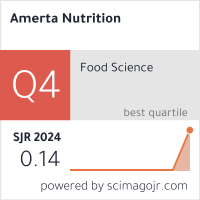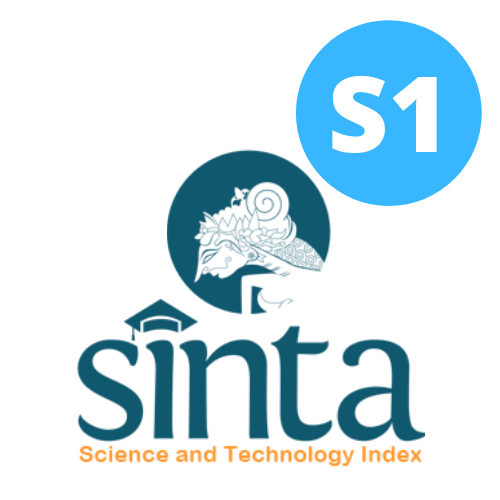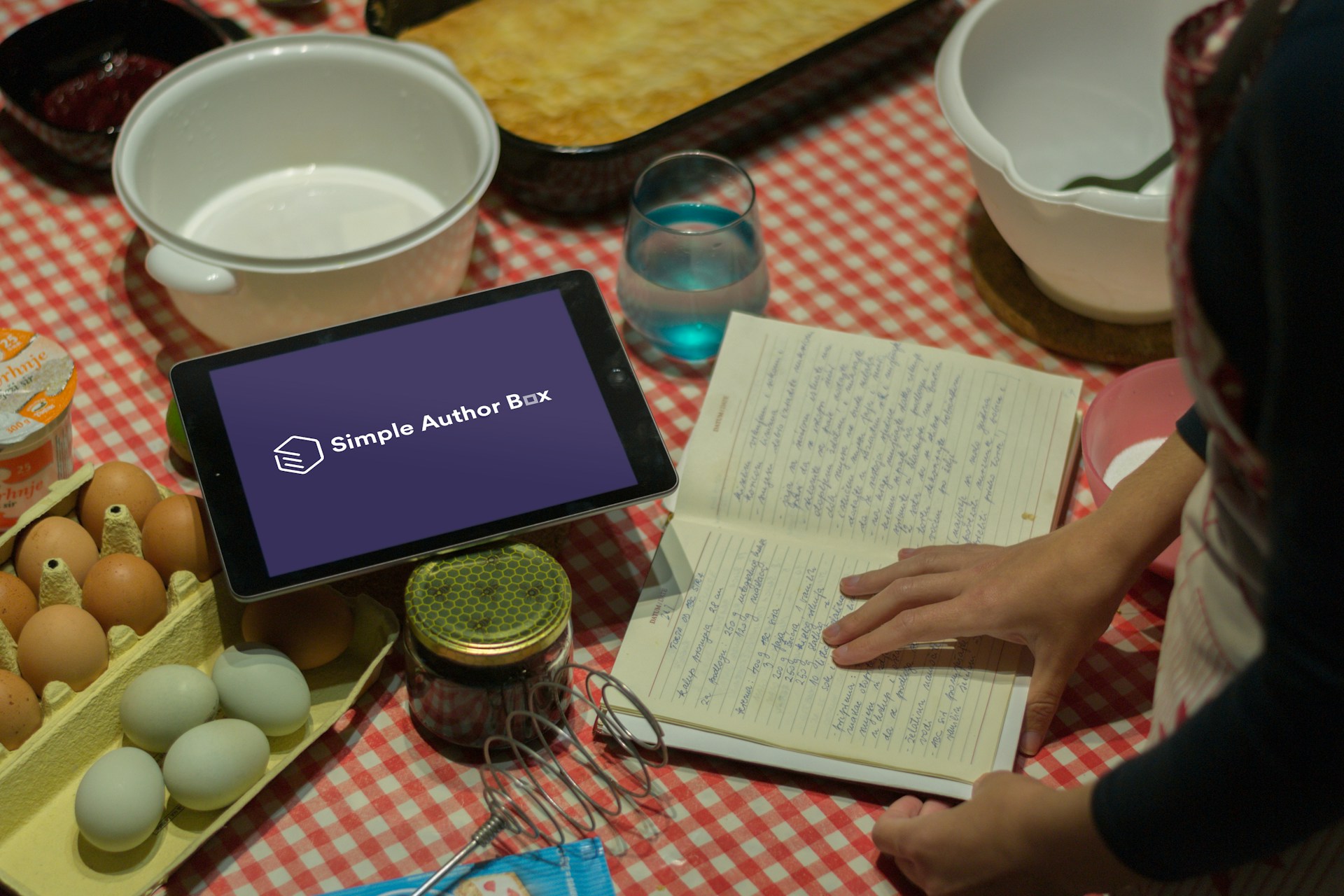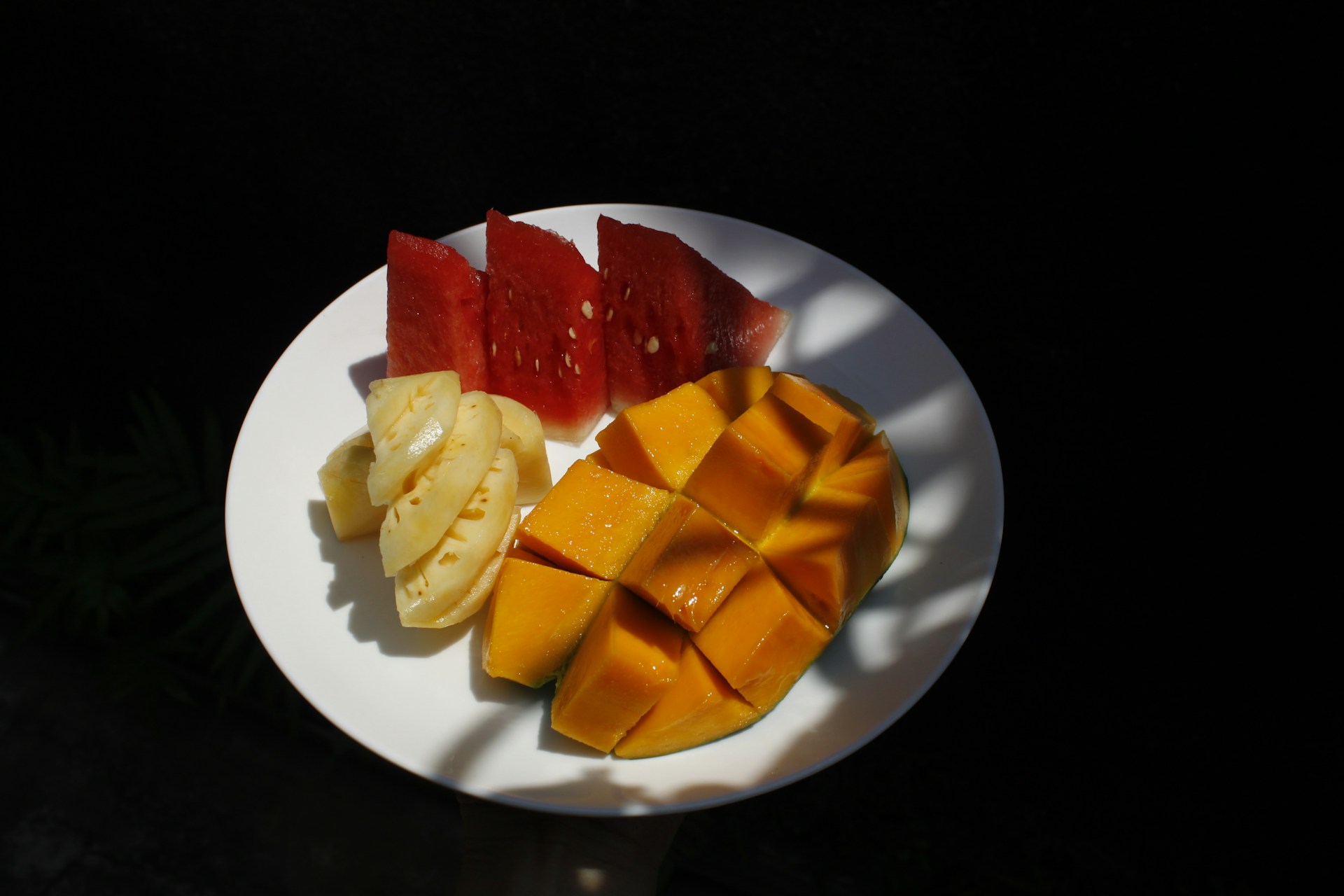YouTube Video as a Media of Anemia Education in Indonesia: A Narrative Review
Video YouTube sebagai Media Edukasi Anemia di Indonesia: A Narrative Review

Background: The effectiveness of Anemia program in Indonesia must be supported by good public knowledge. YouTube can be used as a learning source to educate people about anemia. Anemia educational videos on YouTube have different characteristics that are interesting to analyze.
Objectives: To identify the availability and describe the characteristics of anemia educational videos on YouTube.
Methods: Videos were searched via google.com and youtube.com with the keywords "anemia education in Indonesia". Videos were screened according to the criteria. Video form, type of uploader, duration, and number of views were identified. The educational contents were analyzed based on 5 points of anemia information.
Discussion: Among 115 videos obtained, 28 videos met the criteria. Most anemia videos on YouTube were animated videos (51.72%), found on non-government/private channels (41.38%), and had more than 3 minutes duration (55.17%). The average video length was 190.68 seconds, ranging from 1,033 to 77,628 number of views, and each video was viewed 24 times a day. The highest number of views were videos featuring presenters/health care professionals, videos from non-government channels, and videos with 3-6 minutes duration. Over 60% of videos explained the definition, causes, impacts, signs/symptoms, and the prevention of anemia.
Conclusions: There were many different characteristics of anemia educational videos on YouTube. Besides duration and number of views, the quality of information and feasibility are important aspects in producing educational videos. Further research is needed to see the relationship between duration, video form and type of uploader on people engagement.
World Health Organization. Global Nutrition Targets 2025: Anaemia Policy Brief. https://www.who.int/publications/i/item/WHO-NMH-NHD-14.4 (2014).
Kemenkes RI. Hasil Utama Riskesdas 2018. (2018).
Juffrie, M., Helmyati, S. & Hakimi, M. Nutritional anemia in Indonesia children and adolescents: Diagnostic reliability for appropriate management. Asia Pac J Clin Nutr 29, 18–31 (2020).
Kementerian Kesehatan Republik Indonesia. Pedoman Pencegahan dan Penanggulangan Anemia Pada Remaja dan Wanita Usia Subur (WUS). (2018).
Nurjanah, A., Azinar, M., Ilmu Kesehatan Masyarakat, J., Ilmu Keolahragaan, F. & Negeri Semarang, U. Kepatuhan Konsumsi Tablet Tambah Darah pada Sekolah Percontohan Kesehatan Reproduksi dan Seksualitas. Higeia Journal of Public Health Research And Development (2023) doi:10.15294/higeia/v7i2/64227.
Tabita, H., Silitonga, H., Salim, L. A., Nurmala, I. & Wartiningsih, M. Compliance of Iron Supplementation and Determinants among Adolescent Girls: A Systematic Review. Iran J Public Health vol. 52 https://creativecommons.org/licenses/by-nc/4.0/ (2023).
Alfiah, E. et al. Coverage and Adherence of Weekly Iron Folic Acid Supplementation among School Going Adolescent Girls in Indonesia. J Nutr Sci Vitaminol 66, 118–121 (2020).
Beressa, G., Lencha, B., Bosha, T. & Egata, G. Utilization and compliance with iron supplementation and predictors among pregnant women in Southeast Ethiopia. Sci Rep 12, (2022).
Jalambo, M., Karim, N., Naser, I. & Sharif, R. Effects of iron supplementation and nutrition education on haemoglobin, ferritin and oxidative stress in iron-deficient female adolescents in Palestine: Randomized control trial. Eastern Mediterranean Health Journal 24, 560–568 (2018).
Nicolaou, C., Matsiola, M. & Kalliris, G. Technology-enhanced learning and teaching methodologies through audiovisual media. Education Sciences vol. 9 Preprint at https://doi.org/10.3390/educsci9030196 (2019).
Kementerian Komunikasi dan Informatika. Status Literasi Digital di Indonesia 2022. (2022).
DataReportal. DIGITAL 2023: INDONESIA. https://datareportal.com/reports/digital-2023-indonesia (2023).
‘DataReportal', We Are Social & Meltwater. Share of internet users worldwide who have watched online videos for learning purposes in the past week in 2nd quarter 2023, by region. https://www.statista.com/statistics/1288823/watching-online-videos-for-learning/ (2023).
Bahar, H., Wahyuni, M., Kesehatan Masyarakat, F., Halu Oleo, U. & Korespondensi, K. Is education via YouTube effective in increasing compliance with Fe tablet consumption in pregnant women? Apakah edukasi melalui youtube efektif meningkatkan kepatuhan konsumsi tablet fe pada ibu hamil? Community Research of Epidemiology Journal 4, (2023).
Hartini, E. E. & Noordiati. Pemanfaatan Video YouTube tentang Anemia pada Remaja Putri di SMK YP SEI Palangka Raya. Jurnal Surya Medika (JSM) 6, 53–60 (2021).
Munaro, A. C., Hübner Barcelos, R., Francisco Maffezzolli, E. C., Santos Rodrigues, J. P. & Cabrera Paraiso, E. To engage or not engage? The features of video content on YouTube affecting digital consumer engagement. Journal of Consumer Behaviour 20, 1336–1352 (2021).
Guo, P. J., Kim, J. & Rubin, R. How video production affects student engagement: An empirical study of MOOC videos. in L@S 2014 - Proceedings of the 1st ACM Conference on Learning at Scale 41–50 (Association for Computing Machinery, 2014). doi:10.1145/2556325.2566239.
Liu, M., Cardenas, V., Zhu, Y. & Enguidanos, S. YouTube Videos as a Source of Palliative Care Education: A Review. Journal of Palliative Medicine vol. 22 1568–1573 Preprint at https://doi.org/10.1089/jpm.2019.0047 (2019).
Patell, R., Maddaleni, G., Dodge, L., Buss, M. & Freed, J. Communication Skills Training for Internal Medicine Residents Using a Brief Animated Video. Journal of Cancer Education 37, 379–386 (2022).
Doheny, B. M., Inglis, J. J., Boll, K. A., Lunos, S. & Surapaneni, V. L. Short animated video increases knowledge and perceived comfort in clinical counseling on inequitable health impacts of air pollution among interprofessional health learners and clinicians. BMC Med Educ 23, (2023).
Brown, B. et al. Becoming Clinician-Animators: a Toolkit and Pilot Study for Novel Animated Content Development in a Medical Education Curriculum. Med Sci Educ 30, 977–988 (2020).
Brown, B. et al. Anthropomorphic Character Animations Versus Digital Chalk Talks in a Resident Diabetes Pharmacotherapy Curriculum: a Randomized Controlled Trial. J Gen Intern Med 37, 2251–2258 (2022).
Tackett, S. et al. Use of Commercially Produced Medical Education Videos in a Cardiovascular Curriculum: Multiple Cohort Study. JMIR Med Educ 7, (2021).
Flores, R. L., Demoss, P., Klene, C., Havlik, R. J. & Tholpady, S. Digital animation versus textbook in teaching plastic surgery techniques to novice learners. Plast Reconstr Surg 132, (2013).
Guadagno, R. E., Rempala, D. M., Murphy, S. & Okdie, B. M. What makes a video go viral? An analysis of emotional contagion and Internet memes. Comput Human Behav 29, 2312–2319 (2013).
Favaretti, C. et al. Participant engagement with a short, wordless, animated video on COVID-19 prevention: a multi-site randomized trial. Health Promot Int 38, (2023).
Kementerian Komunikasi dan Informatika. Status Literasi Digital di Indonesia 2021. (2021).
Koh, B. & Cui, F. An exploration of the relation between the visual attributes of thumbnails and the view-through of videos: The case of branded video content. Decis Support Syst 160, (2022).
Alduraywish, S. A. et al. Sources of Health Information and Their Impacts on Medical Knowledge Perception Among the Saudi Arabian Population: Cross-Sectional Study. J Med Internet Res 22, e14414 (2020).
Swire-Thompson, B. & Lazer, D. Public Health and Online Misinformation: Challenges and Recommendations. Annu. Rev. Public Health 41, 433–451 (2020).
APA Dictionary of Psychology. attention span. https://dictionary.apa.org/attention-span (2024).
Shatto, B. & Erwin, K. Moving on From Millennials: Preparing for Generation Z. J Contin Educ Nurs 47, 253–254 (2016).
Yu, Z. & Gao, M. Effects of Video Length on a Flipped English Classroom. Sage Open 12, (2022).
Doolittle, P. E., Bryant, L. H. & Chittum, J. R. Effects of degree of segmentation and learner disposition on multimedia learning. British Journal of Educational Technology 46, 1333–1343 (2015).
Giannakos, M. N., Krogstie, J. & Aalberg, T. Video-based learning ecosystem to support active learning: application to an introductory computer science course. Smart Learning Environments 3, (2016).
Pi, Z. & Hong, J. Learning process and learning outcomes of video podcasts including the instructor and PPT slides: a Chinese case. Innovations in Education and Teaching International 53, 135–144 (2016).
Steeb, T. et al. Assessment of the Quality, Understandability, and Reliability of YouTube Videos as a Source of Information on Basal Cell Carcinoma:Web-Based Analysis. JMIR Cancer 8, (2022).
Zengin, O. & Onder, M. E. Educational quality of YouTube videos on musculoskeletal ultrasound. Clin Rheumatol 40, 4243–4251 (2021).
Bernard, A. et al. A systematic review of patient inflammatory bowel disease information resources on the world wide web. American Journal of Gastroenterology 102, 2070–2077 (2007).
Copyright (c) 2024 Amerta Nutrition

This work is licensed under a Creative Commons Attribution-ShareAlike 4.0 International License.
AMERTA NUTR by Unair is licensed under a Creative Commons Attribution-ShareAlike 4.0 International License.
1. The journal allows the author to hold the copyright of the article without restrictions.
2. The journal allows the author(s) to retain publishing rights without restrictions
3. The legal formal aspect of journal publication accessibility refers to Creative Commons Attribution Share-Alike (CC BY-SA).
4. The Creative Commons Attribution Share-Alike (CC BY-SA) license allows re-distribution and re-use of a licensed work on the conditions that the creator is appropriately credited and that any derivative work is made available under "the same, similar or a compatible license”. Other than the conditions mentioned above, the editorial board is not responsible for copyright violation.












































